EIFS (External Insulating Finishing System)
Get a quote
Let us know your requirements below and we’ll get back to you as soon as possible.
"*" indicates required fields
RRS Enterprises LLC provides EIFS (External Insulating Finishing System) – a multi-layered, lightweight, and highly energy-efficient façade system. Our superior product helps keep indoor temperatures consistent in all climates and conditions, significantly reducing your need for air conditioning or heating. Plus, it also enhances the aesthetic appeal of any building!
With our cutting-edge insulation technology, you can maximize efficiency while minimizing operational costs. From complex projects to smaller-scale jobs – trust us to provide you with reliable solutions that protect your property from the elements without breaking the bank.
Contact us today to learn more about how our External Insulating Finishing Systems can help you reduce facility costs!
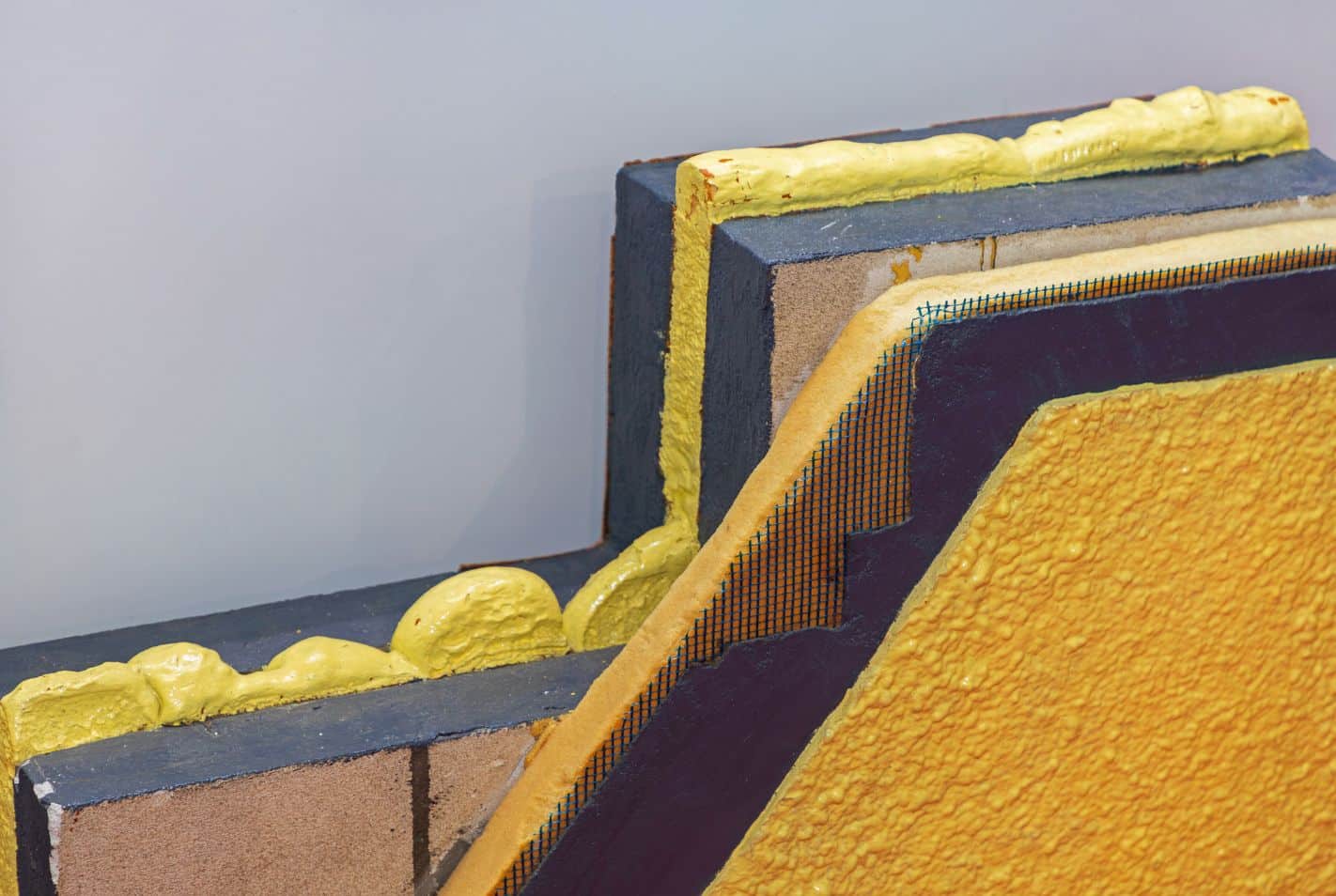
Let's chat about what possibilities exist for transforming your space!
Commercial EIFS Contractor
OR CALL 800-432-5112
EIFS (External Insulating Finishing System) FAQ
Installing an external insulating finishing system requires the right materials and tools. The steps to do so are as follows:
1. Measure your space and then purchase the materials needed for the installation, such as insulation boards, adhesives, mesh tape, sealant strips, protective coatings, and other accessories.
2. Clean the walls and surfaces you are working on.
3. Install the insulation boards with adhesive and mesh tape, making sure to follow instructions carefully.
4. Now it’s time to install the sealant strips around windows and doors, as well as in other places where two layers of insulation meet.
5. Apply a protective coating to the insulation boards, such as a primer or paint.
6. Finally, put up the baseboard and trim pieces around the perimeter of your room. This will give it a finished look and improve energy efficiency.
With these steps in place, you can complete a successful finishing system installation. With proper maintenance, you’ll have a comfortable and energy-efficient home for years to come. Thank you for taking the time to learn about finishing the system installation!
The key to maintaining an external insulating finishing system is to periodically inspect and repair any areas that may be compromised. This includes checking the walls, windows, doors, and other points of entry for damage or deterioration due to weathering or wear. Additionally, it is important to replace deteriorating insulation materials with new ones as needed. It may also be necessary to periodically clean the outside of the building, as dirt and debris can reduce the efficiency of an insulation system. Finally, it is important to ensure that all seals and connections remain secure to prevent air leakage. With proper maintenance, an external insulating finishing system will help reduce your energy bills and maintain a comfortable environment indoors.
An external insulating finishing system works by creating a barrier between the internal structure of a building and the external environment. This barrier is designed to protect the building from moisture, heat, cold, and other environmental conditions while also providing insulation to keep the interior comfortable and energy efficient. The system typically consists of several layers, including an air-tight sealant, thermal barrier, weatherproofing material, and a topcoat that can be colored to match the exterior of the building. The sealant helps keep air and moisture from entering the structure, while the thermal barrier prevents heat transfer between the interior and exterior of a building. Weatherproofing materials are also applied to prevent water from entering the building, while the topcoat provides a protective layer that helps to maintain the look and feel of the exterior over time. By ensuring proper installation and maintenance of these products, homeowners can enjoy long-term protection from damaging weather conditions while also creating an energy-efficient home.
External insulation finishing systems provide many benefits, including:
– Better energy efficiency: By adding an extra layer to the outside walls of a building, external insulation can reduce heat loss and help maintain a more consistent temperature throughout. This in turn leads to improved energy efficiency and lower utility bills.
– Improved moisture control: External insulation helps to reduce the amount of moisture that can penetrate through walls and ceilings, helping to prevent mold and mildew growth.
– Enhanced durability: By providing an extra layer of protection from the elements, external insulation can help protect a building’s structure from damage caused by temperature fluctuations and water infiltration. This in turn helps to extend the building’s lifespan.
– Increased comfort: External insulation helps to keep a building warm in winter and cool in summer, making it more comfortable for occupants. This can also help to reduce noise levels from outside sources such as traffic or aircraft.
– Reduced carbon emissions: By improving energy efficiency, external insulation helps to reduce the amount of energy required for heating and cooling. This can have a significant impact on reducing carbon emissions from the building’s operation.
– Cost savings: External insulation can help to reduce most buildings’ energy bills, resulting in considerable cost savings over time. Additionally, it may also be eligible for government grants and subsidies, further reducing the cost of installation.
– Increased value: Installing external insulation can make a property more attractive to potential buyers or renters, increasing its market value in the process. This makes it an excellent investment for anyone looking to increase the financial return from their building.
– Improved air quality: External insulation helps to reduce the infiltration of outdoor pollutants, thus improving air quality indoors. This is especially beneficial for those with allergies or asthma, as it can help to reduce exposure to irritants and allergens.
– Enhanced comfort: Insulation acts as a barrier to heat transfer, making buildings more comfortable by reducing both draughts and cold spots. It also helps to reduce condensation, making rooms more habitable.
– Reduced energy consumption: Insulating a building can significantly reduce the amount of energy needed to heat and cool it, resulting in lower monthly costs for utilities. This also helps to reduce overall carbon emissions as less energy needs to be produced from fossil fuels.
– Increased acoustic insulation: Insulation can help to keep noise from outside the building from entering, as well as reduce sound transfer between rooms. This can be especially beneficial in areas where there is a lot of traffic or other sources of noise pollution.
– Improved air quality: Insulation helps to trap airborne pollutants within the walls and ceilings of buildings, meaning that the air within the room is cleaner and healthier. This has a big impact on indoor comfort and reduces asthma and other health problems related to poor air quality.
– Increased structural support: Insulation materials add rigidity to walls, ceilings, and floors, which helps to reduce vibrations caused by traffic or wind gusts. This can improve the overall structural integrity of a building and protect it from damage.
– Lower energy costs: Insulation is one of the most cost-effective ways to reduce energy bills, as it helps to prevent heat loss (in cold climates) or keep buildings cool (in hot climates). This can significantly reduce monthly utility bills, saving you money in the long run.
– Increased comfort: Properly installed insulation helps to maintain a consistent temperature throughout the house, regardless of the weather outside. This is especially beneficial for people who are sensitive to temperature changes or have allergies that can be exacerbated by extreme temperatures.
– Reduced condensation: Insulation helps by creating a barrier against moisture and humidity, which can lead to condensation on the walls and ceilings, damaging paint and wallpaper or encouraging the growth of mold.
– Reduced energy bills: Properly installed insulation helps to reduce energy bills by reducing the need to use heating and cooling systems. This is because insulation helps to keep heat in during the winter and out during the summer, thus keeping temperatures more stable throughout the year.
An external insulating finishing system is an exterior system, typically applied to the outside of a building’s walls, that acts as insulation and provides a protective waterproof finish. These systems are designed with both performance and aesthetics in mind and can be customized to fit any budget or design style. The most common types of external insulating finishing systems include exterior insulation and finish system (EIFS), continuous insulation systems, and stucco systems. Each of these systems has its own unique benefits, so it’s important to choose the right one for your needs. EIFS offers superior protection against moisture penetration while providing an attractive stucco-like finish, while continuous insulation systems offer an airtight seal, high R-value insulation, and a smooth surface. Stucco systems offer a classic look but may require more maintenance than other materials. Regardless of the system you choose, it’s important to ensure that it is properly installed by a certified contractor to maximize its performance and longevity. When making your decision on which system to use, consider the climate and environment in which the wall will be applied, as well as the budget and desired aesthetic. By understanding your options and making an informed decision, you can ensure that your walls provide maximum protection for years to come.
In addition to choosing the right cladding system for your wall, there are several other considerations to take into account. For instance, you’ll need to decide on the type of insulation that will be used between the frame and cladding system to maximize efficiency and reduce energy costs. You may also want to look at options for additional features, such as soundproofing or fire-resistant materials, depending on the application. You may even consider installing a rain screen system, which will provide extra protection against the elements and enhance your wall’s durability.
Finally, you’ll need to decide on the type of finish that will be applied to the cladding system. This can range from paint or staining to metallic finishes, depending on the desired effect. Each type of finish has its own advantages and drawbacks, so you’ll want to consider which is best for your specific application.
Once you have selected the ideal cladding system for your building, you must use a professional installer who can ensure proper installation. In addition, don’t forget to perform regular maintenance on the system and inspect it periodically for any damage or wear. With these steps taken, you can rest assured that your cladding will provide long-term protection and add a stylish touch of design to your building’s exterior.
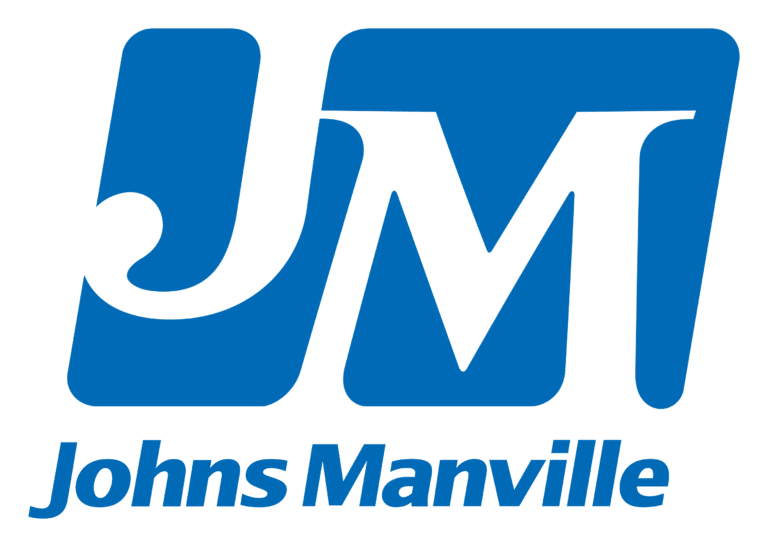

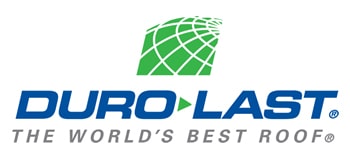
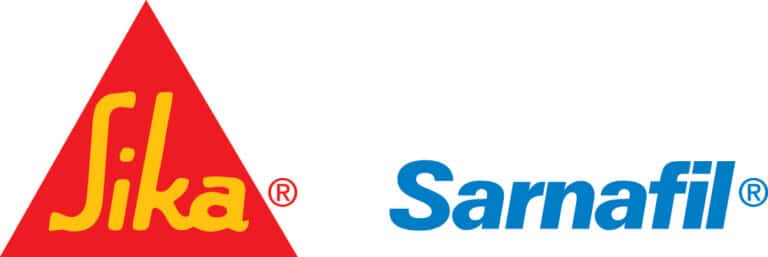
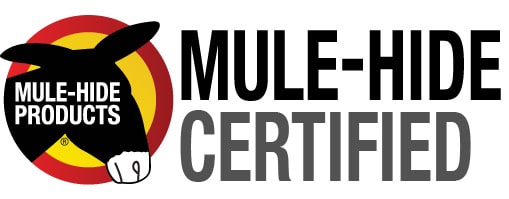
Let's chat about what possibilities exist for transforming your space!
OR CALL 800-432-5112

